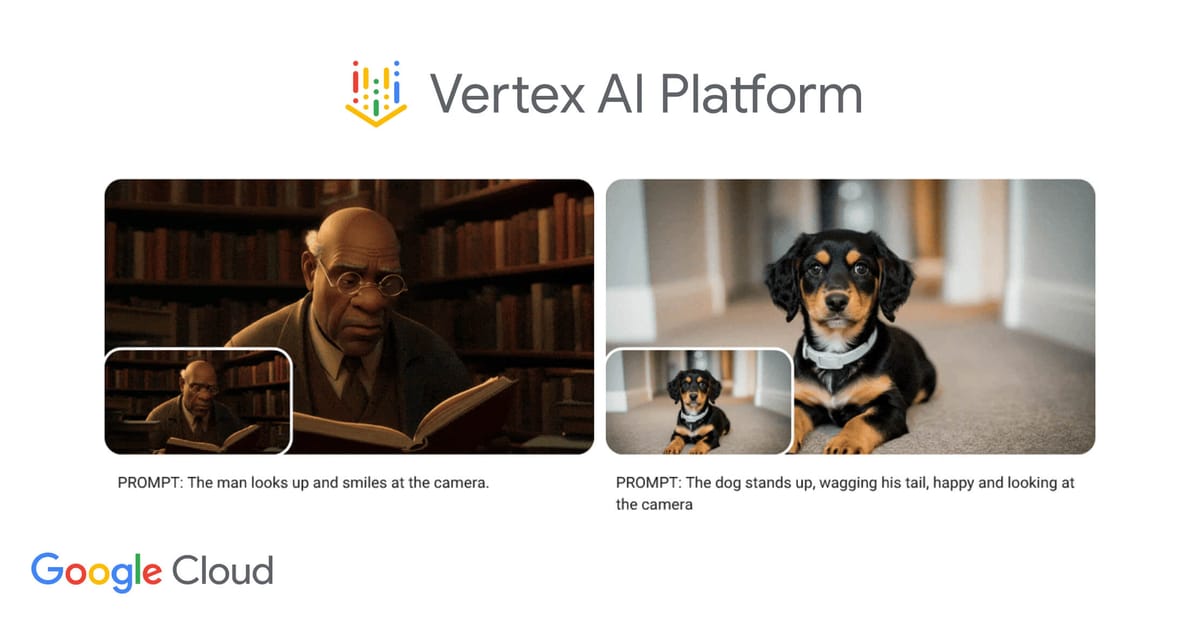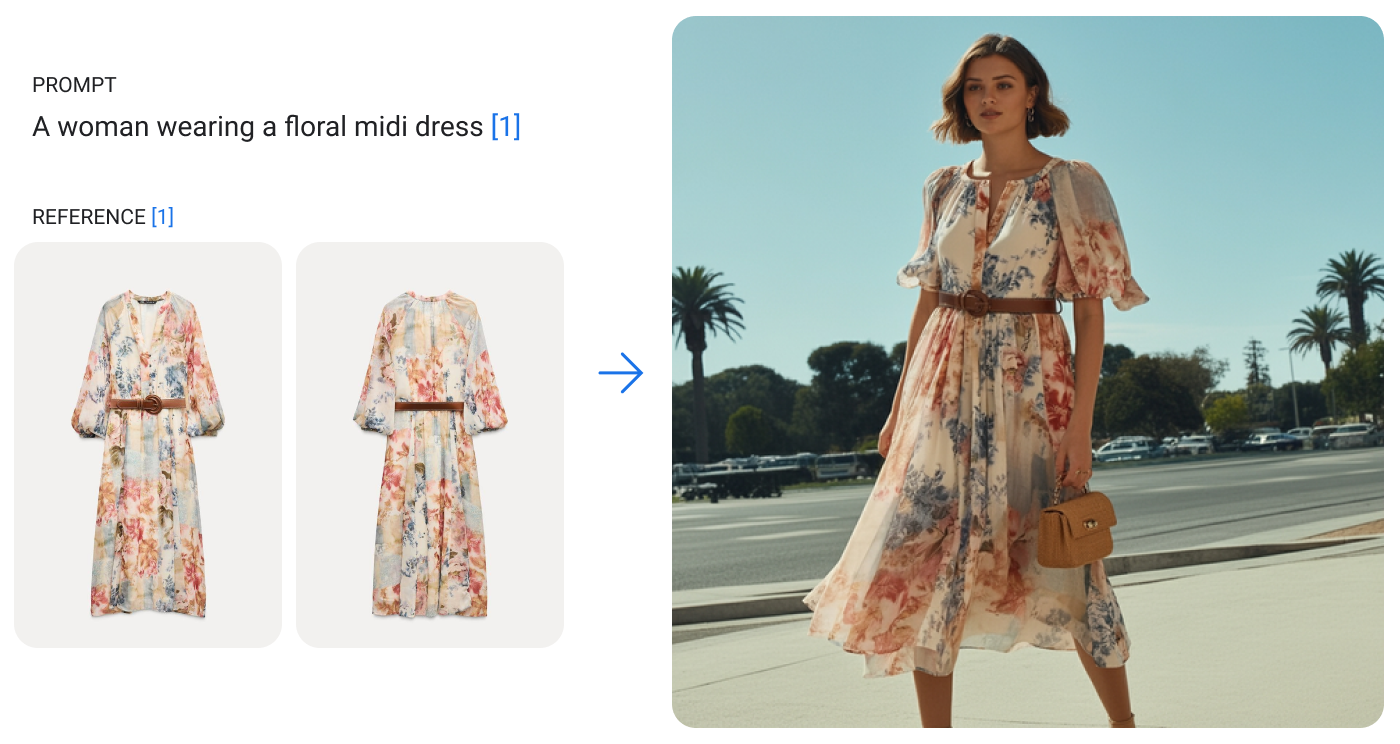
Google is making Veo, its generative video model available for enterprises on Vertex AI, and opening up access to Imagen 3, its latest image generation technology.
Key Points:
- Google is launching Veo, a text-to-video and image-to-video model, in private preview for Vertex AI customers.
- This makes Google the first hyperscaler to offer image-to-video capabilities as part of a cloud service.
- Imagen 3 is now generally available globally on Vertex AI.
- Major companies like Mondelez International and Quora are leveraging these new capabilities to transform creative workflows.
The Details: Google is stepping up its generative AI offerings by announcing the availability of Veo, its AI model for creating high-quality video content from text or image prompts. Veo, which is available in private preview for Vertex AI customers, makes Google the first major cloud provider to offer image-to-video functionality. This move is expected to boost creative workflows and cut down on production costs across industries.
Veo, developed by Google DeepMind, uses advanced natural language and visual understanding to generate realistic, high-definition videos based on simple prompts. Whether starting with text or an existing image, companies can use Veo to effortlessly generate coherent, visually appealing video clips—unlocking new ways to tell stories and engage audiences. This capability is a game changer for marketing teams and content creators, allowing for faster prototyping and iteration on video ideas.

Alongside Veo, Google has also removed the allowlist restrictions for Imagen 3, its highest-quality image generation model. Imagen 3 is now accessible to all Vertex AI customers globally, enabling businesses to generate detailed, photorealistic images that align closely with their brand aesthetics. Users can customize visuals to reflect specific brand styles, making it easier to create compelling marketing assets.
Responsible AI Measures: In keeping with its AI principles, Google has built Veo and Imagen 3 with security and safety as a priority. Both models come with SynthID—Google DeepMind’s watermarking technology—to embed invisible watermarks in every generated frame and image, addressing concerns about misinformation and misattribution. Safety filters are also in place to prevent the creation of harmful content, and the models operate within Google Cloud's stringent data governance policies, ensuring user privacy.
Why It Matters: The availability of these AI video capabilities through a major cloud provider could significantly drive enterprise AI adoption. Unlike standalone AI tools, cloud-integrated services offer businesses the scalability, security, and reliability needed for enterprise-wide deployment. Companies can leverage existing cloud infrastructure and security protocols while accessing these advanced AI capabilities, making implementation and integration substantially more straightforward. This integration also means businesses can manage their AI video generation alongside other cloud services through a single platform, streamlining workflows and reducing technical overhead.
The Bottom Line: The availability of Veo and Imagen 3 on Vertex AI represent major steps forward for Google Cloud, giving enterprise customers powerful tools to transform ideas into high-quality videos and images, faster and with greater creative freedom than ever before. The impact on sectors like marketing, advertising, and even internal communications could be profound—leading to more engaging content at a much lower cost.

